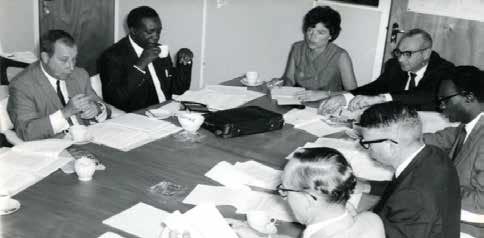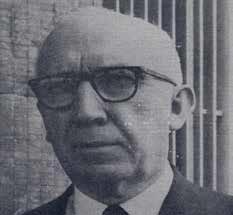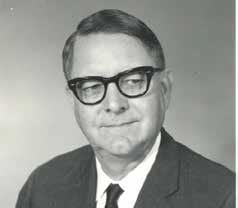
IITA50-LookingBack: Biafran War almost impeded IITA establishment! [History]
The official legislation that would eventually construct IITA was just being reviewed by representatives of the Ford and Rockefeller Foundations when Nigeria’s first military coup took place on 15 January 1966. The civil war that this coup led to had people questioning the decision to establish the institution in the country.
Forrest (Frosty) Hill, vice president of the Ford Foundation at the time, reinforced the decision to establish the institution in Nigeria in a taped interview. He noted that at the time the decision was made, nobody had anticipated the outbreak of a civil war. He also reiterated the various reasons as to why they decided to establish the institution in Nigeria, such as “Nigeria’s resource endowments, encouraging economic growth, possession of the two best universities in sub-Saharan Africa, and a simple lack of better alternatives.” Therefore, planning of IITA’s facilities continued without serious interruption, albeit a little slow.
Myers’ “mandate”
Will Martin Myers, a representative of the Rockefeller Foundation, wrote a 38-page document entitled – in 1964. In his paper, he emphasized that he was not “necessarily implying a departmental structure of administrative organization.” Myers proposed research in areas that include plant sciences, agronomy and soil science, plant protection, biochemistry plant protection, biochemistry, animal sciences, agricultural engineering, and economics and other social sciences.
This large agenda may seem unrealistic today, but nearly 10 years after Myers’ paper was written, the institution was already working on legumes, and root and tuber crops.
The institution was also already working on a project to introduce, select, and breed various crops with a view to integrating these into farming systems. Inevitably, Myers’ suggestion was eventually considered by management as the institution’s mandate, making it an integral document for understanding IITA’s history.



